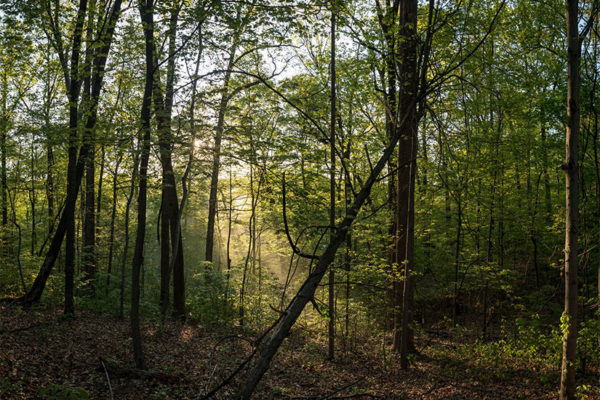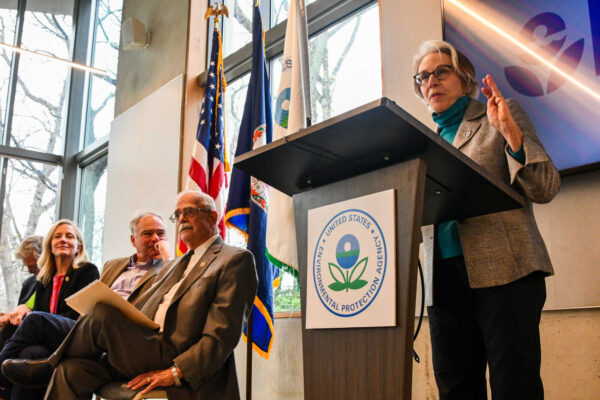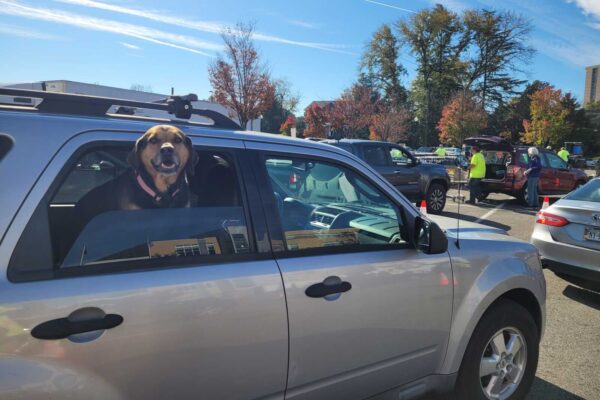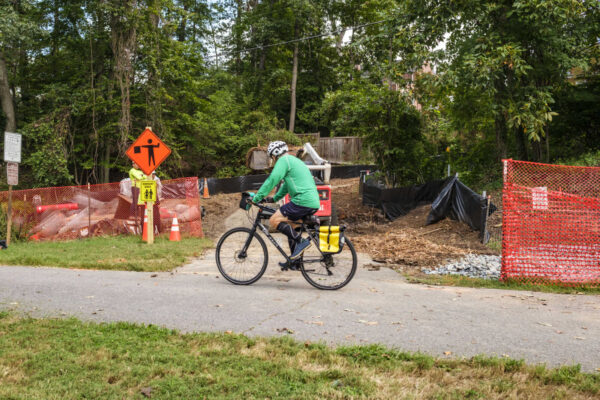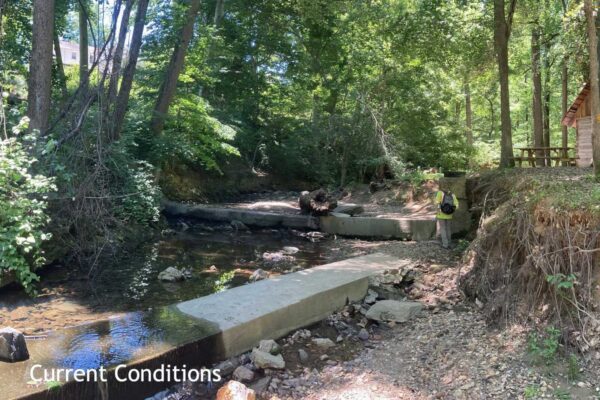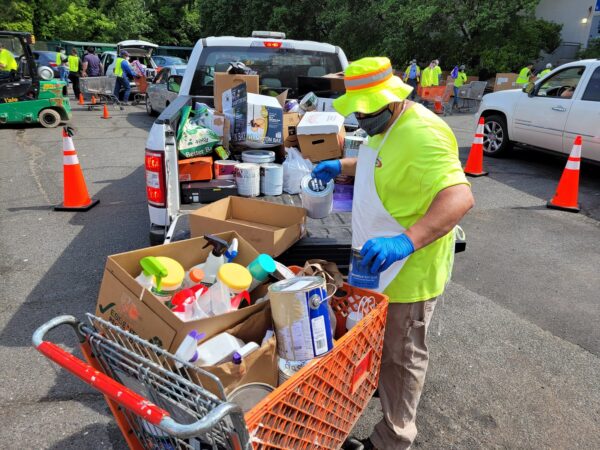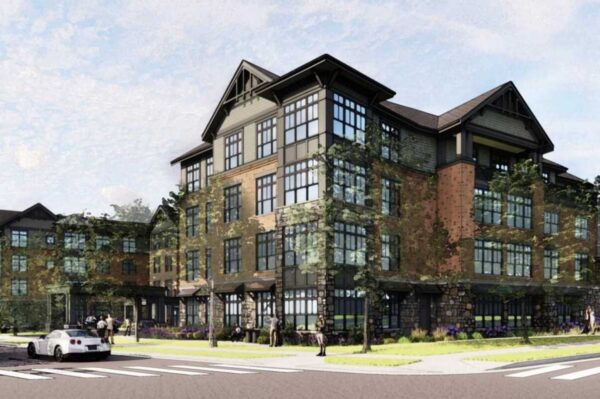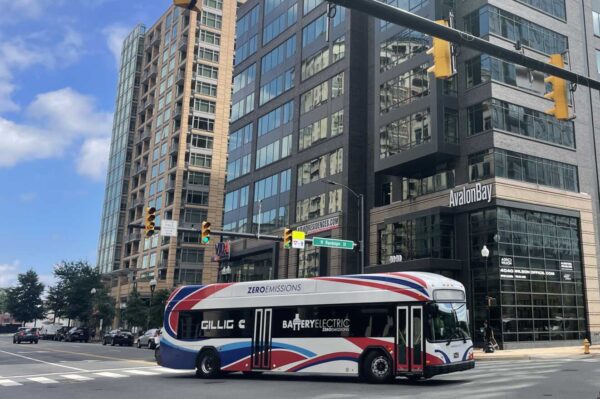The D.C. area’s council of governments wants to get at least half of the region covered in trees.
After years of shrinking tree cover, the Metropolitan Washington Council of Governments (COG) adopted a goal earlier this month of maintaining a minimum canopy of at least 50% throughout the D.C. area. It is calling on local governments including Arlington to commit to a similar goal.


